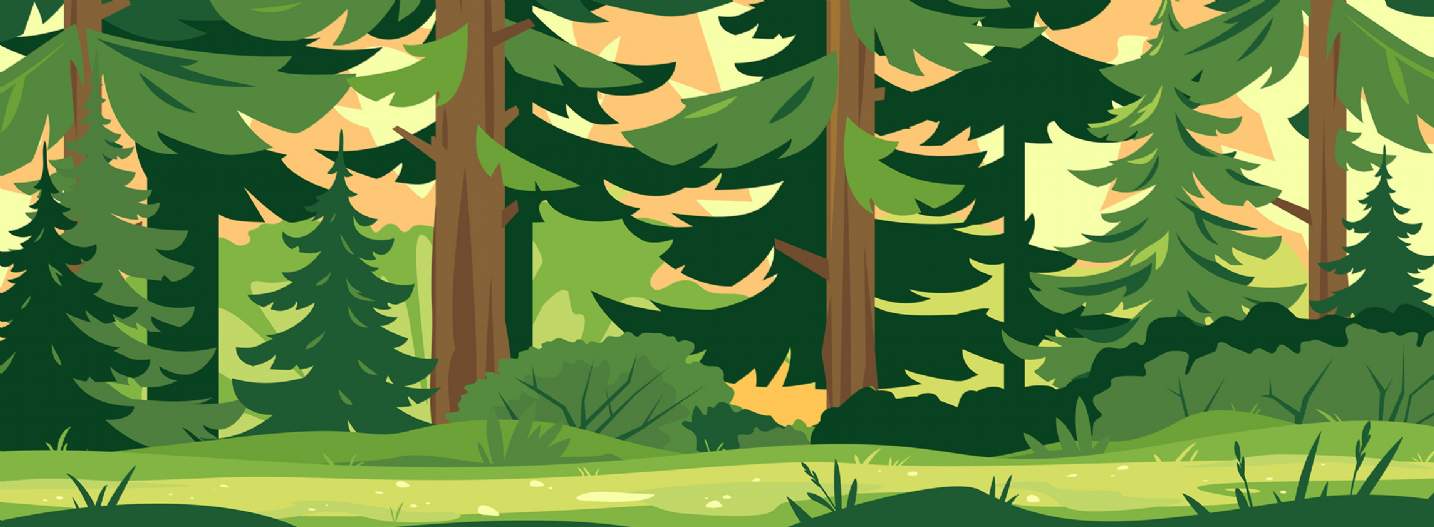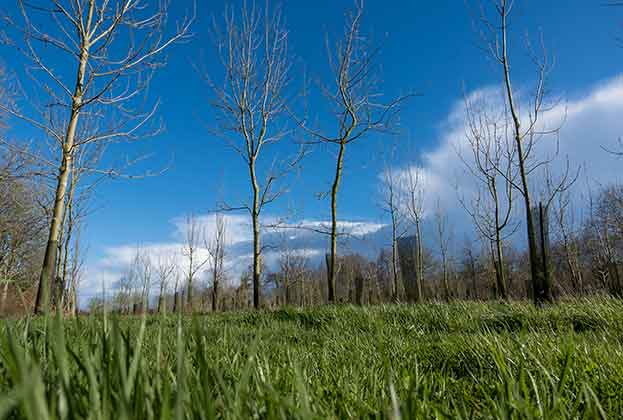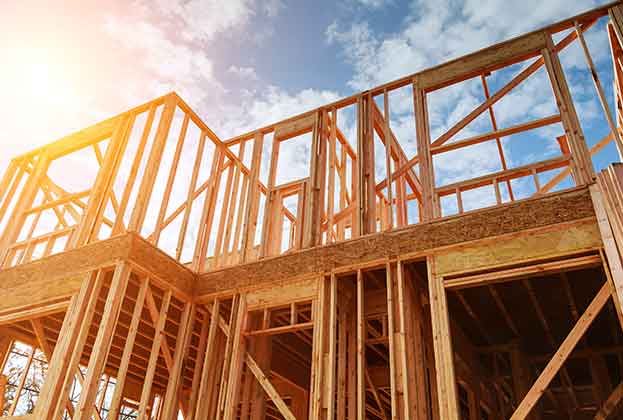The UK’s diverse woodland and forestry market has remained resilient despite economic uncertainties
Forestry trends
Along with other external forces, such as the war in Ukraine and economic uncertainties, the 2022 forest year will be remembered for the extreme weather events that caused damage to large areas of woodland across the UK. According to Forest Research, almost 12,750 hectares of trees were lost due to storms, with most of the damage caused by Storm Arwen. Despite initial concerns over impetus in the forestry investment market following these events, they appear to have had little direct impact and the market remained resilient.
In this Spotlight, we report on UK forestry investments during the 2022 forest year and explore the increasingly distinctive smaller woodland markets. As the pressure intensifies for UK landowners and forest owners to mitigate against climate change, we consider the opportunities for biodiversity, carbon and timber income from trees. In addition, we review tree planting policy and discuss the motivations and barriers to woodland creation.
Investment trends
The UK’s woodland and forestry market is diverse and differentiated by factors such as size, species, age, location and purpose. To reflect the divergence in investment trends across smaller, medium- and large-scale assets, this year we analyse the performance of three distinct market categories using our database of publicly marketed forest and woodland properties and our transactional database of forest sales in Great Britain.
Forestry investment analysis
The outlook for commercial forestry remains positive
Our commercial forestry investment analysis reviews data from transactions over 50 hectares including, where we are aware, off-market transactions.
Strong timber prices, alongside an urgency surrounding climate change and biodiversity loss, were the catalyst for record-breaking capital values in the 2021 forest year. For 2022, our research shows a larger overall traded value, but a quieter year in terms of the rate of average value growth.
The chart, below, illustrates that over 2022 the total value of UK forestry sold reached a new high of £295 million. This was influenced by a small number of high value sales over £10 million, that represented only 12% of individual sales but 52% of the total value traded. The total volume of land sold was low at 12,600 hectares.
Commercial forestry values
All forests have unproductive areas such as tracks, rivers and lochs, so it is important to consider the value of the net productive area. In 2021, we reported a widening gap in the price of a net productive hectare compared to the price of a gross hectare. This related to the extraordinary rise in productive values during 2021. Our analysis of the 2022 market indicates this gap has reduced, and the average gross value per hectare rose at a faster pace than net productive values.
The average gross value increased by 19% to just over £20,000 per hectare during 2022. The average price per net productive hectare rose by 7.5% to just over £28,000, with the median at just under £27,000. This reflects all sales over 50 hectares and covers a wide variation in the type, location and size of forest sold. However, closer analysis of the larger commercial forest sales (over 150 hectares) highlights the strength of the upper end of the investment market, with average gross values at £22,700 per hectare and the average net productive hectare rising to £30,900.
In recent years, our research has reported a growing proportion of off-market sales compared to publicly marketed properties. Analysis of the data suggests there were less off-market sales in 2022. On average, in the four years prior to 2022, private sales represented a quarter of all sales, compared to a slightly lower 21% in 2022. Nevertheless, they were still an important component of the market, representing some of the largest sales by value and making up a significant share in terms of the total market value.
Regionally
During the 2022 forest year, North Scotland witnessed a quieter year in terms of the number of commercial forestry hectares sold (map, below). Nevertheless, the region again reported the strongest value growth with the average net productive hectare rising by a significant 58% to £17,400. While this figure is still well below average values in other regions, it does show the trend for “levelling up” in regional pricing is continuing.
Central Scotland recorded the highest number of forest hectares sold across all regions during 2022. Compared to 2021, South Scotland is the only region to have shown an increase in the number of hectares sold during the year.
Across England, the average price paid per net productive hectare rose by 45%, albeit this is based on a very small number of sales, and is not indicative of strong market performance, just the change in absolute pricing between the sample of sold property in 2021 and 2022.
Following a number of large sales in Wales during the previous few years, there were less hectares sold during 2022 and a slight reduction in the average price paid per net productive hectare. However, average values in Wales are still strong and mirror South Scotland, the region long considered to be the most important for forestry investment.
Comparison to other asset classes
The performance of UK forestry over recent years is well-documented, and it is interesting to compare the percentage increases in capital value over the last ten years with other asset classes. Forestry has significantly outperformed all of these, from commercial to agricultural property and gold, rewarding early investors and forming the vibrant market we see now (see chart, below).
The mixed and amenity markets
The trend towards a more sustainable lifestyle has accelerated interest in the benefits of nature. As well as their commercial value, trees are increasingly recognised for their benefits to the environment and society. According to the Public Opinion of Forestry 2021 Survey (Forest Research), 69% of UK respondents said they had visited forests or woodlands for walks, picnics or other recreation. This compared to 63% in 2019.
The rising interest in trees increased demand for smaller ‘amenity woodlands’, but despite a desire to own, economic headwinds have impacted this market
Nicola Buckingham, Associate Director, Rural Research
Rising public interest in trees has increased the demand for smaller woodlands, often referred to as “amenity woodlands”. Analysis from Savills database of advertised property shows strong pricing differences between different sizes of woodland (see chart, below).
The price paid for amenity woodland is often based on the personal motivations of the buyer. Characteristics such as location, geographical features, privacy and access will influence the demand and, ultimately, the price paid. The ability to harvest firewood is also important to some woodland buyers. This market is heavily influenced by general economic performance, which came under some pressure over the second half of 2022.
Since 2018, the average asking price per gross hectare has risen furthest (144%) within the larger commercial properties, in line with the strong performance of the investment market. This compares to 115% for mixed properties and 65% for amenity woodlands.
Focus on size
Further segmentation of the amenity market into smaller size bands, reveals woodlands with the smallest area of under 2.5 hectares represented the highest proportion of those properties advertised within the amenity market during the 2022 forest year. The average advertised price per hectare for these smaller properties is also the highest, at just under £42,000 per gross hectare.
Read the articles within The Forestry Market – 2023 below.


